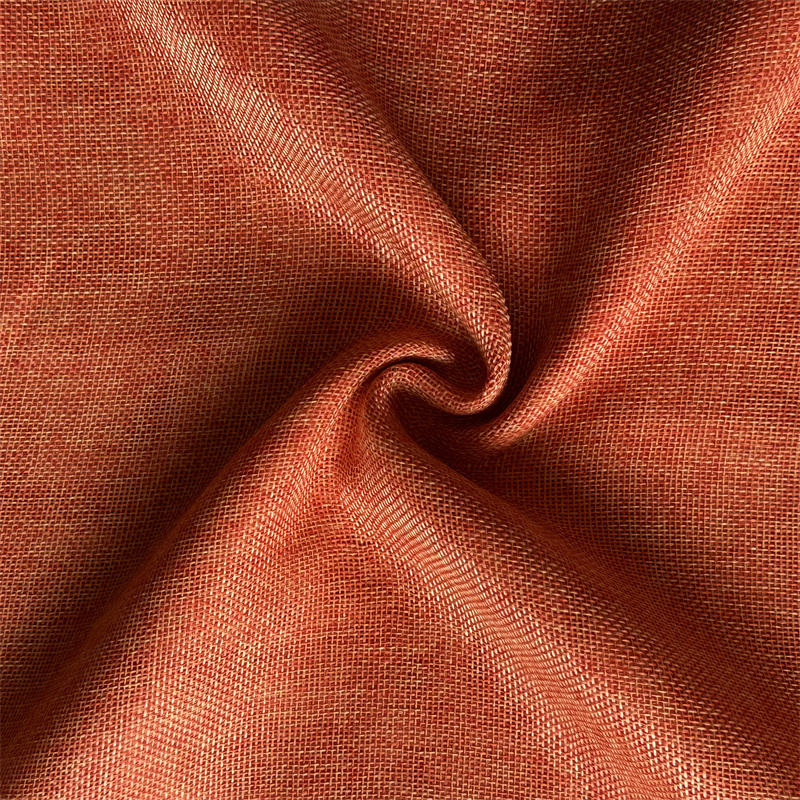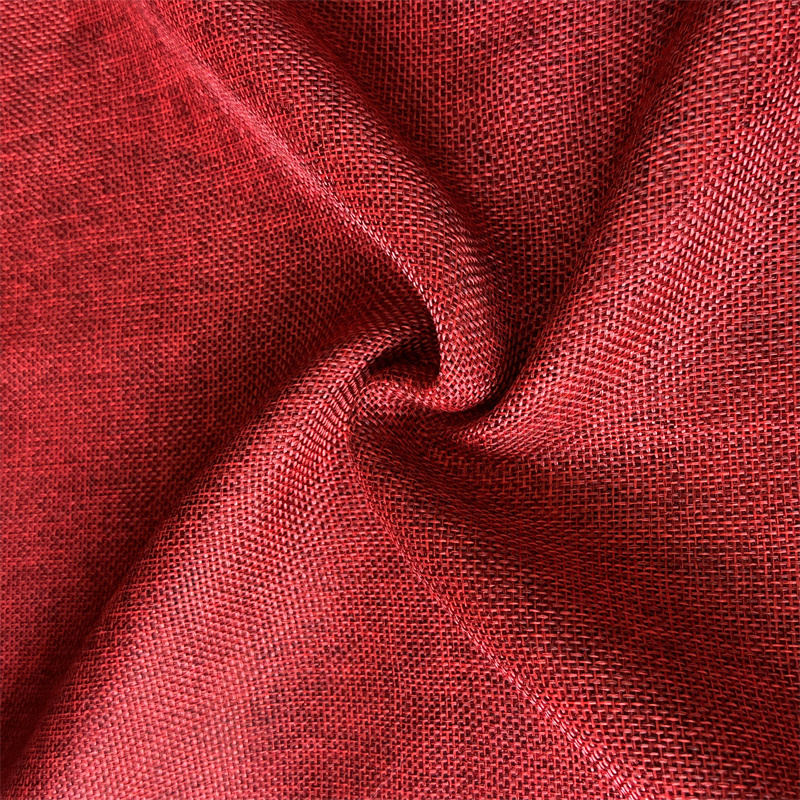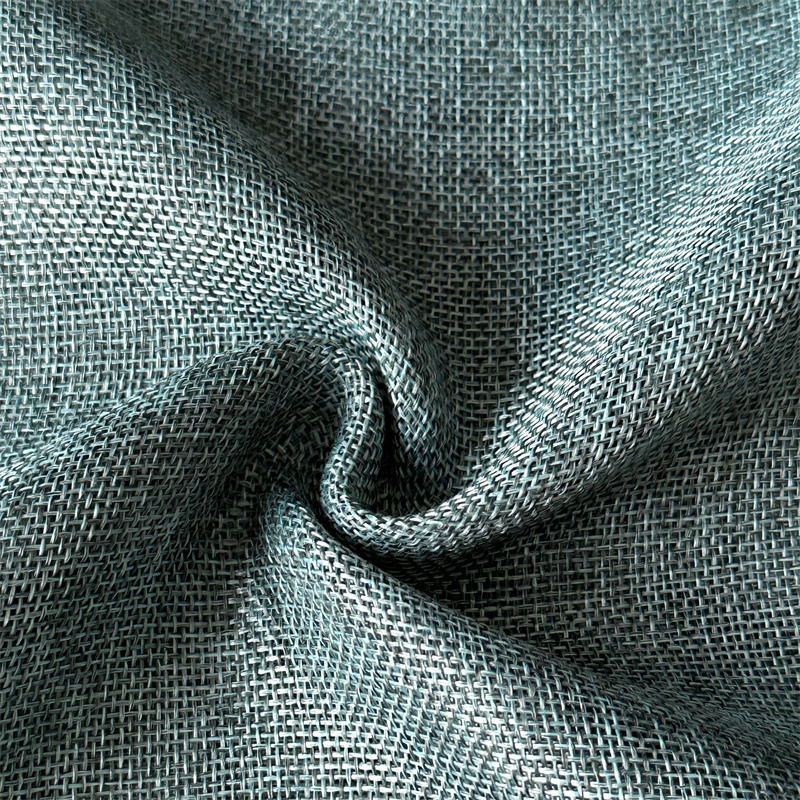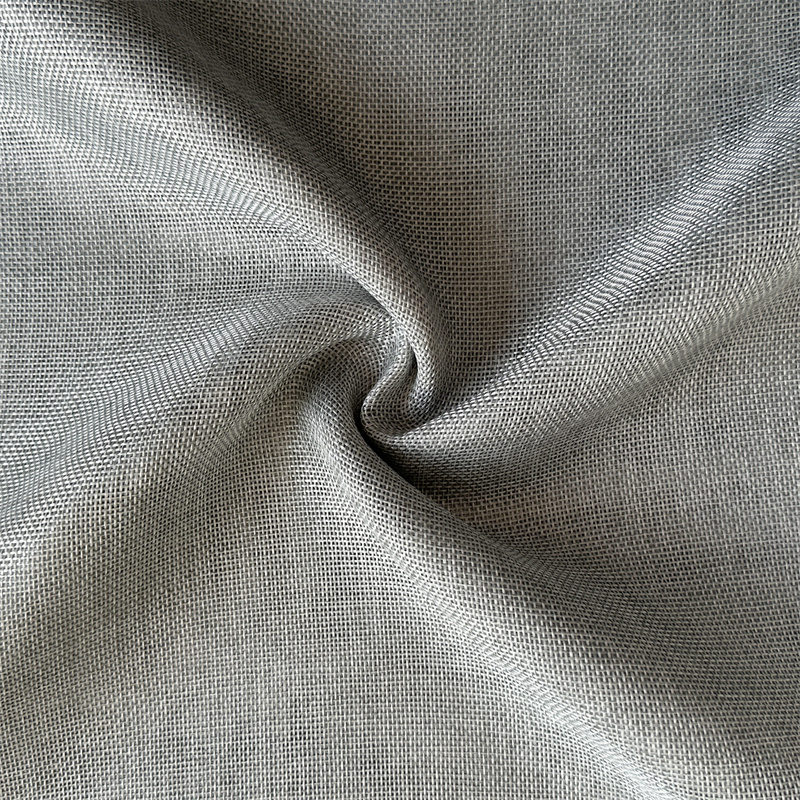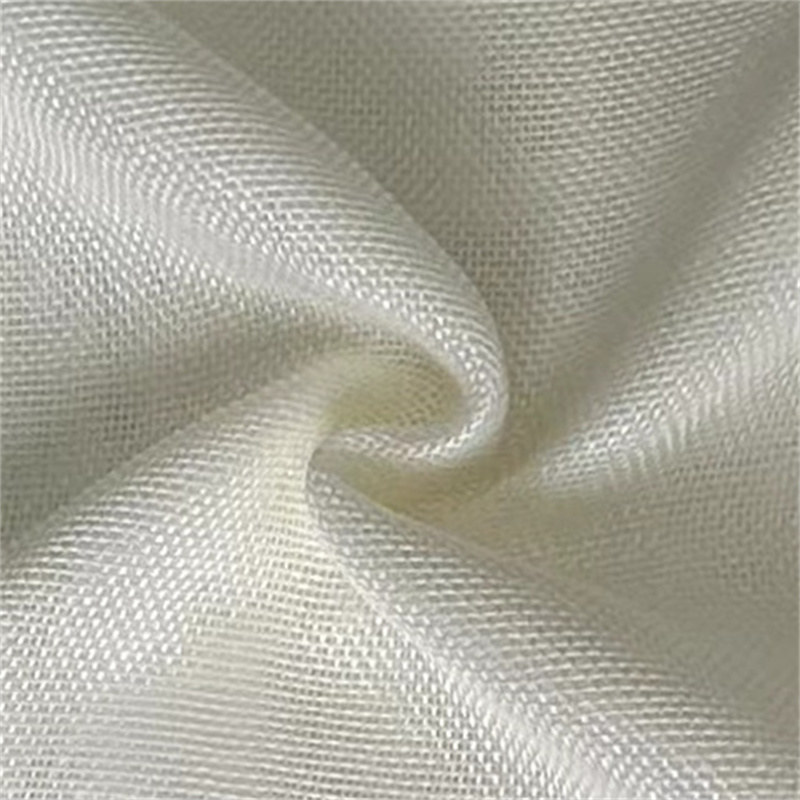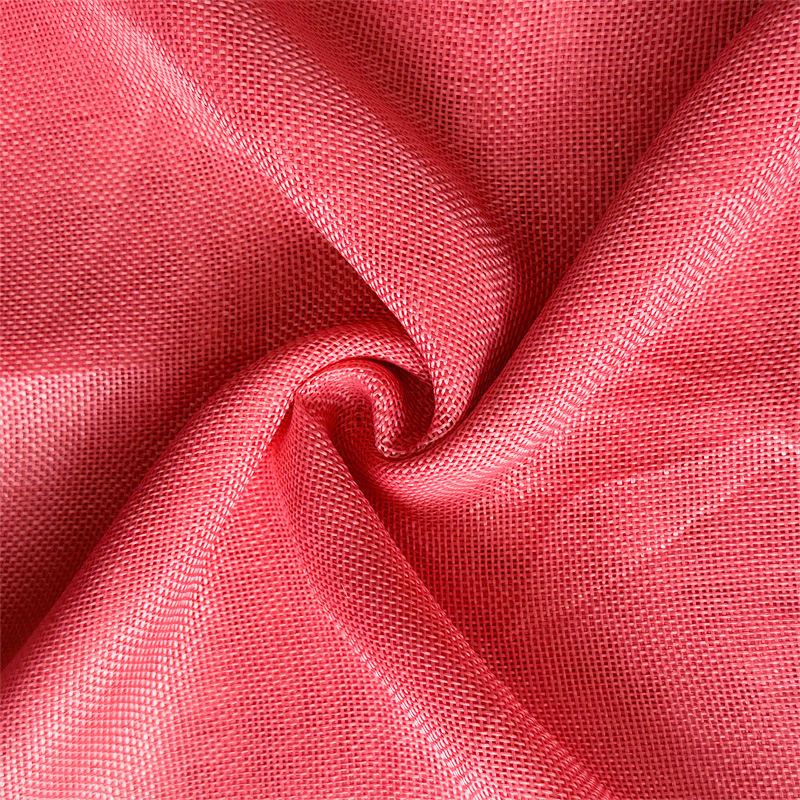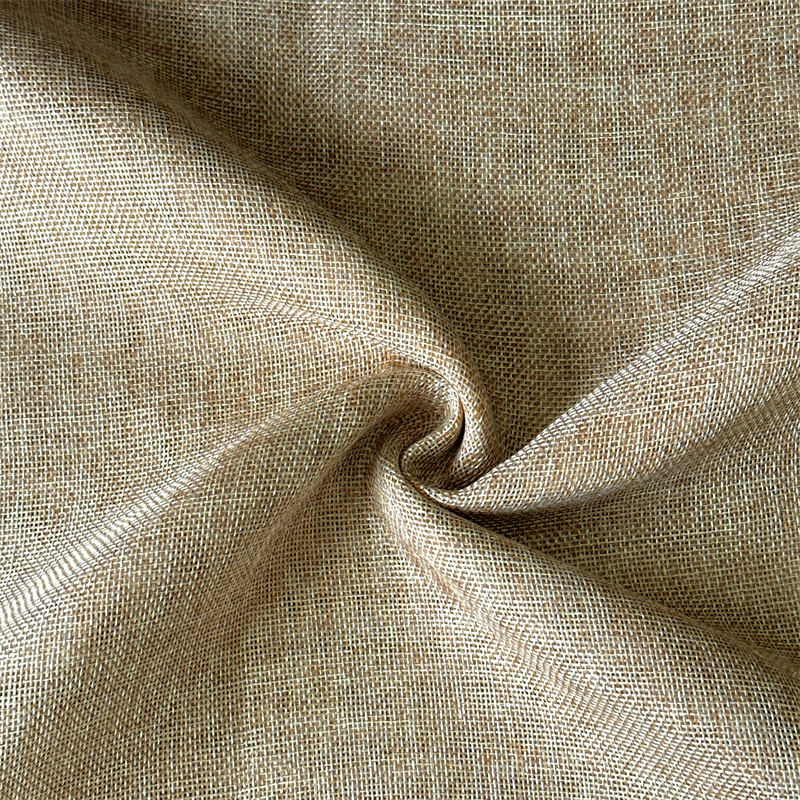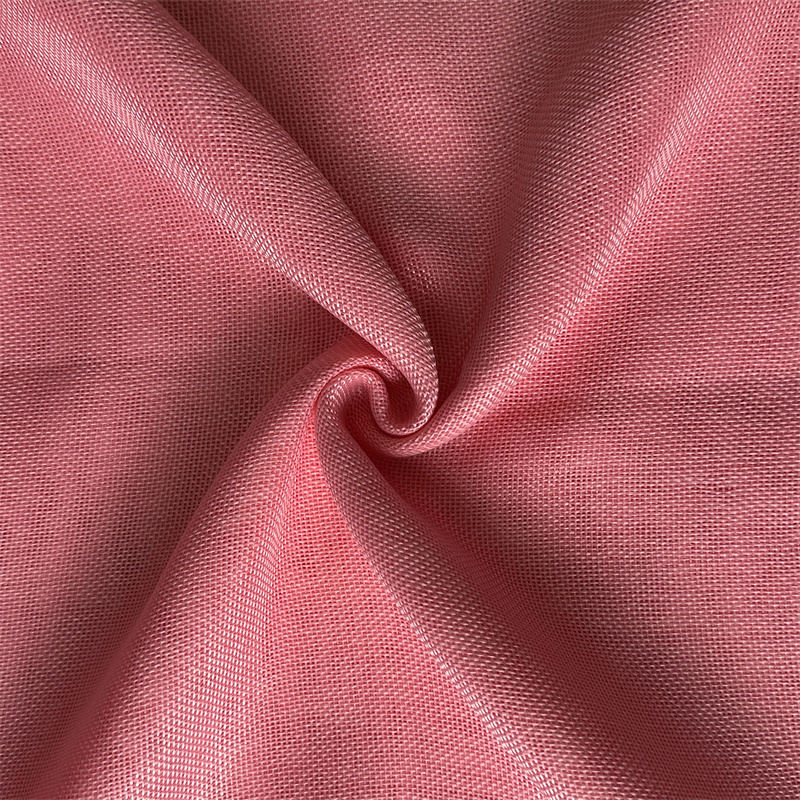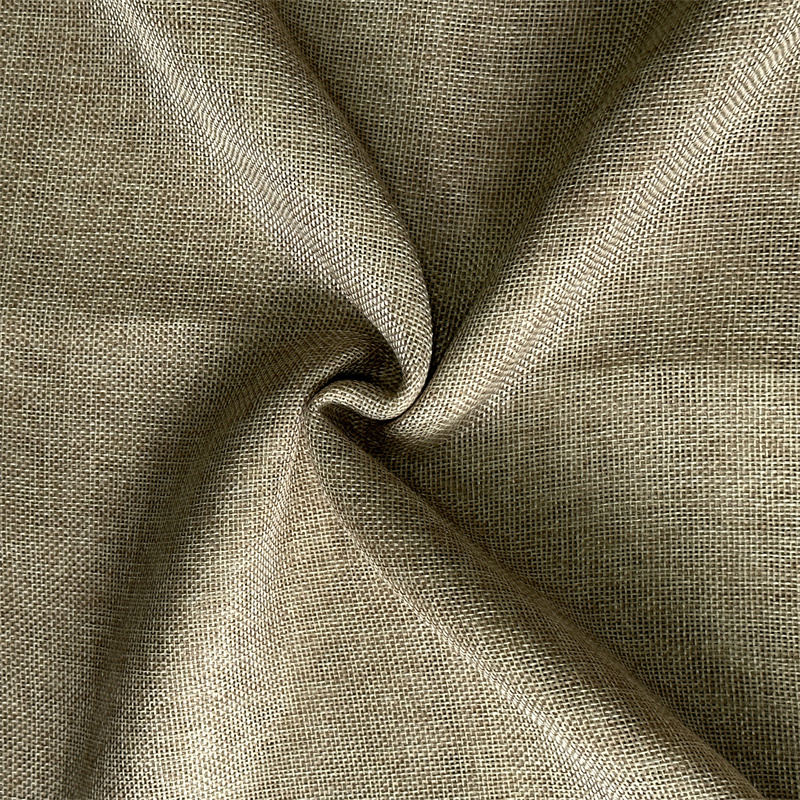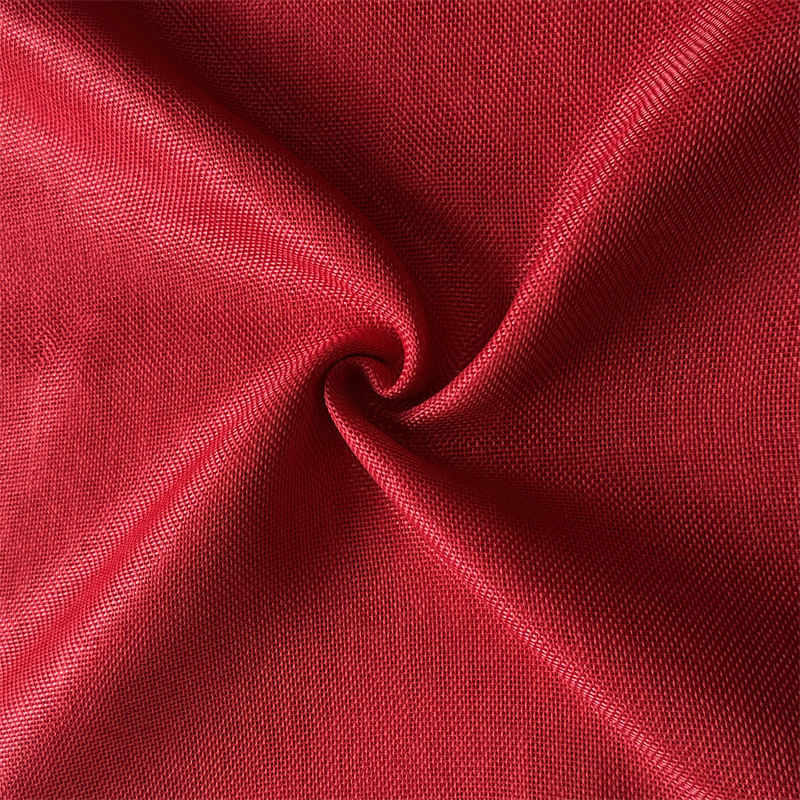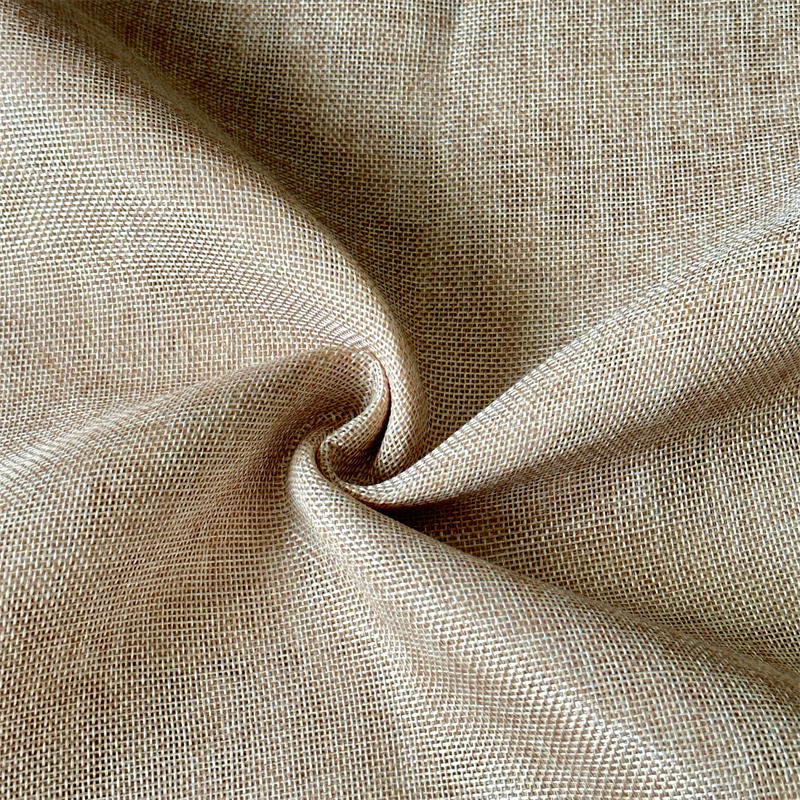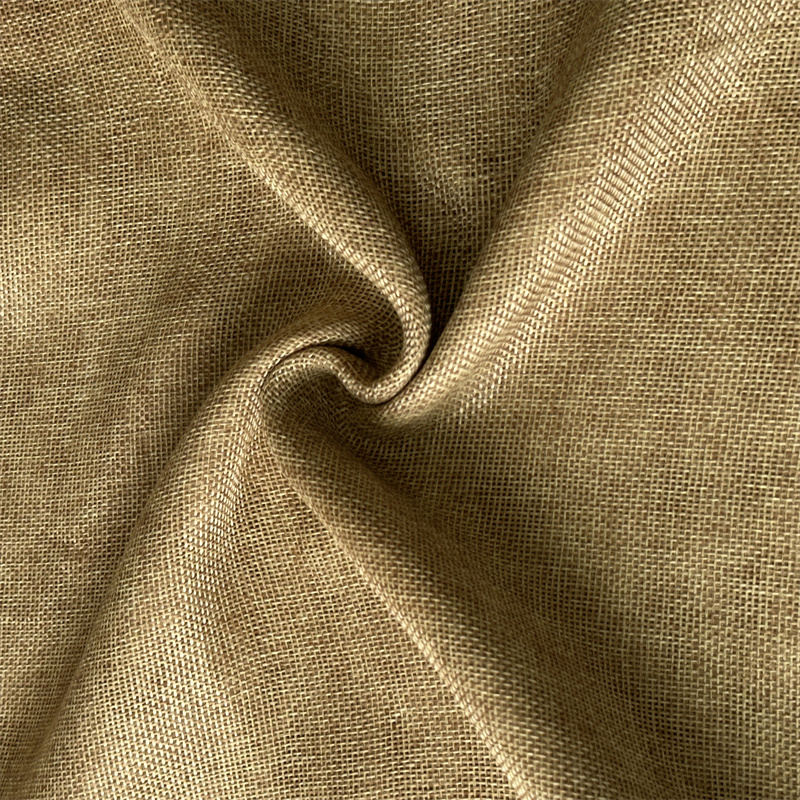With its smooth, shiny surface and elegant texture, satin fabric has become one of the common fabrics in high-end fashion and home furnishings. Its gloss and soft touch make it particularly eye-catching in many occasions, especially in wedding dresses, evening gowns and luxury home textile products. This article will explore the characteristics, production process, application areas and future development trends of satin fabric.
Satin fabric not only has excellent gloss, but also has excellent softness and smoothness. Its characteristics make it a popular choice in many high-end fashion and home textile fields. Usually, the raw materials of satin fabric can be silk, polyester, nylon, etc., but the most classic satin fabric is usually made of silk.
The biggest feature of satin fabric is its surface gloss, which presents a dazzling light under the light. Whether it is silk satin or polyester satin, the surface of the fabric after fine processing will show a beautiful gloss, making it visually very noble and elegant.
Due to the weaving method of satin fabric, its surface is smooth without obvious texture, and it feels very soft and smooth. Wearing or touching satin fabric often gives people a luxurious feeling.
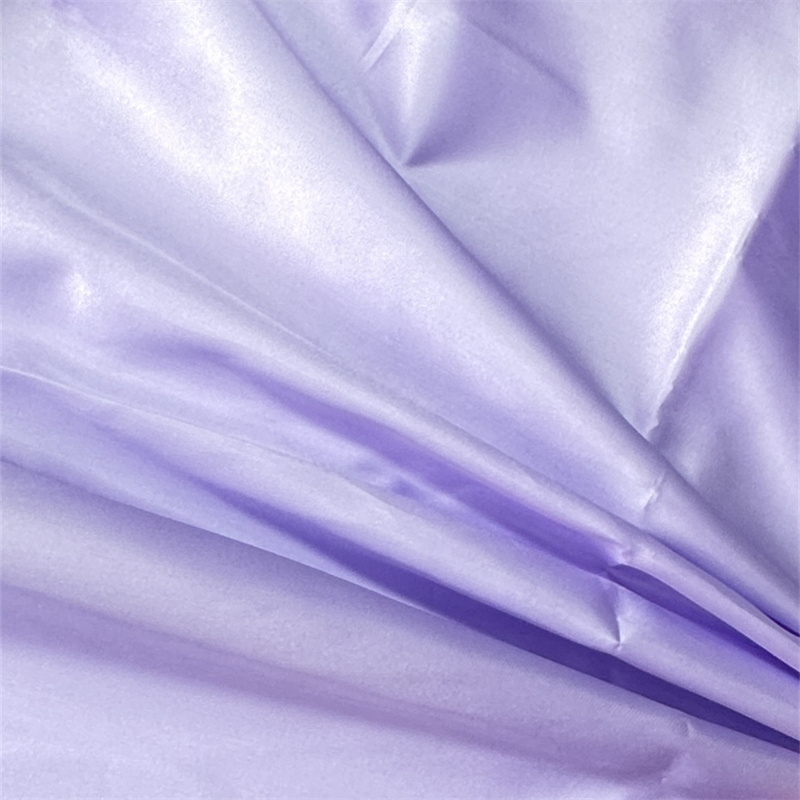
Satin fabric is often regarded as a symbol of luxury. Its bright appearance and soft texture make it often the fabric of choice for formal occasions such as evening dresses and wedding dresses.
Although satin fabric looks very delicate, the processing technology of modern satin fabric makes it more durable. Polyester satin fabric is particularly good in wrinkle resistance and wear resistance, which can meet the needs of daily use.
The key to the production process of satin fabric lies in the weaving process. Unlike plain and twill fabrics, satin fabric uses a "satin weave" method, which is characterized by covering each warp yarn with at least four weft yarns during the weaving process. The purpose of this weaving method is to make the surface of the yarn smooth and obtain a glossy feeling.
The production of satin fabric also includes multiple process steps such as dyeing, finishing and ironing. Due to the high gloss and smoothness, the surface treatment of satin fabric is particularly important. Especially when using silk as raw material, the dyeing process of satin fabric needs to be extra delicate to ensure the vividness and durability of color.
Fashion clothing: Satin fabric is widely used in fashion clothing due to its excellent luster and soft touch, especially in high-end clothing such as evening gowns, wedding dresses, ball skirts, shirts, ties, etc. It can provide the wearer with an elegant and luxurious look, so it is very common in occasions such as red carpets and formal banquets.
Satin fabric is not only used for clothing, but also widely used in household items. Home textile products such as bed sheets, quilt covers, pillowcases, curtains, etc. often use satin fabric to increase the luxury of the home environment. In particular, satin fabric made of silk as raw material has good breathability and comfortable feel, which is very suitable for making high-end bedding.
Satin fabric is also often used to make high-end accessories, such as scarves, handbags, shoes, etc. Its unique luster and softness make these ornaments and accessories more exquisite and eye-catching.
Satin fabric is used in some high-end interior decorations, such as luxury sofas, cushions, tablecloths, etc. It can enhance the grade of the interior space and create a warm and noble atmosphere.
With the advancement of technology and changes in consumer demand, the future of satin fabrics will continue to develop in a more environmentally friendly and functional direction. In the future, satin fabrics will use more sustainable raw materials, such as regenerated cellulose fibers or biodegradable materials, while maintaining their traditional gloss and soft touch. In addition, with the application of smart textile technology, satin fabrics may also gradually incorporate more functional elements, such as antibacterial, waterproof, temperature control, etc., to meet the needs of modern consumers for both fashion and practicality.


 中文简体
中文简体 Español
Español